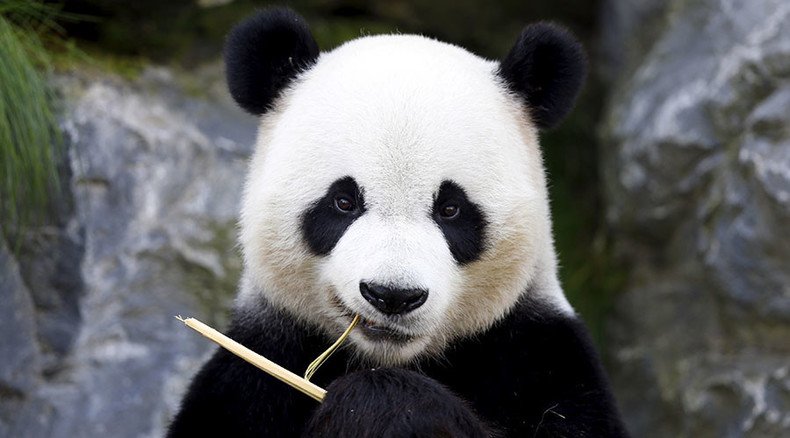Scientists in a southwestern Chinese panda breeding center have decoded 13 different kinds of vocalizations that giant pandas use to communicate with one another, according to a report by Xinhua.
The results of the work show that panda cubs “speak” less than adults and only use a few vocalizations to communicate simple things such as: "Gee-Gee" (I'm hungry), "Wow-Wow" (Not happy!) or "Coo-Coo" (Nice!).
Then as they grow they learn from their mothers and start using a wide variety of sounds to express themselves, including roaring, barking, squeaking, bleating and chirping.
It is hoped that these new findings will shed light on the lives of the reclusive creatures and help save the endangered species.
"If we can understand their language, it will help us protect the animal, especially in the wild," said Zhang Hemin, head of the China Conservation and Research Center for the Giant Panda.
The China Conservation and Research Center for the Giant Panda (CCRCGP) in the Sichuan province has been working on the project since 2010.
Panda moms chirrup when anxious about their little ones, and they bark to get rid of strangers. Male pandas make a sound resembling a sheep’s baa when in love, while females answer with a soft and constant tweeting sound if the feeling is mutual.
Despite some reports stating that the number of pandas in the world has been on the rise in the past years, the species is still classified as endangered with some 2,000 pandas living in the wild.
READ MORE Scientists reveal how pandas manage to survive on bamboo diet

